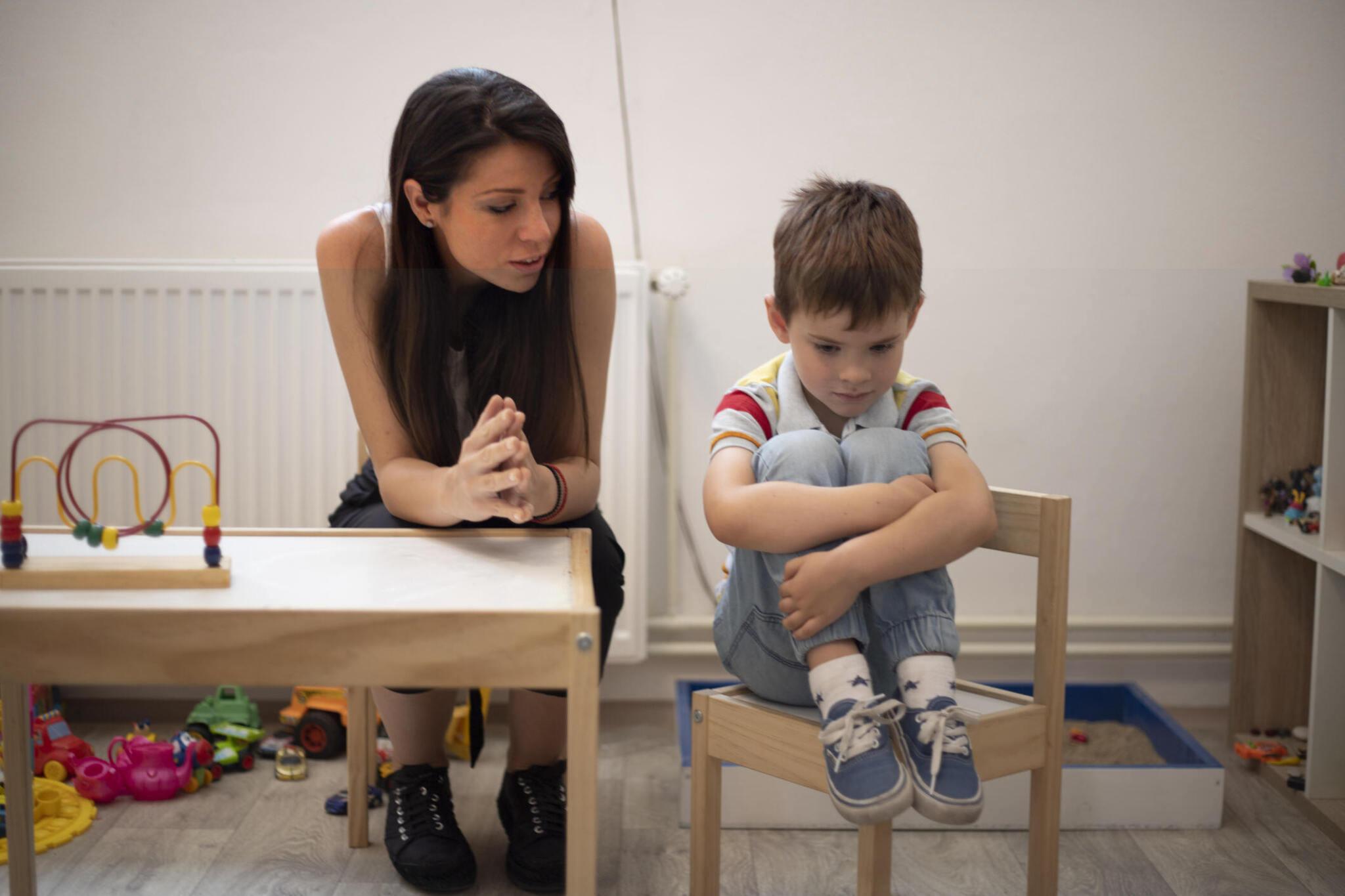Cause we are not only an online shop to sell products, we are here to help you create good memories for your children.
Quick Links
Get In Touch
2024 kidstore. All Rights Reserved
No products in the cart.

Introduction: The Story of Little Maya
“How to Deal with Children’s Tantrums”, is the first thing Sara googled after getting home.
It was a typical Saturday afternoon when Sara decided to take her three-year-old daughter, Maya, to the local supermarket. As they walked through the aisles, Maya’s eyes caught sight of a brightly colored toy she had seen on TV. “I want that, Mommy!” she exclaimed, pointing at the toy with excitement.
Sara hesitated, knowing that Maya already had a similar toy at home. “Not today, sweetheart,” she replied gently, hoping to avoid a scene. But before she could finish her sentence, Maya’s face turned red, and she began to cry. The cries soon escalated into full-blown screams, attracting the attention of other shoppers. Sara felt her cheeks flush with embarrassment as she tried to calm Maya down, but nothing seemed to work.
Sound familiar? If you’re a parent, you’ve likely experienced a similar situation at some point. Tantrums are a normal part of childhood, but they can be challenging to manage. In this blog, we’ll explore the causes of tantrums, provide practical tips for handling them, and share real-life Examples at KidstorePK, to help you navigate these turbulent moments with confidence.

Tantrums are emotional outbursts that are common in children, especially between the ages of 1 and 4. They occur when a child is overwhelmed by emotions they don’t yet have the skills to manage or express. According to the American Academy of Pediatrics (AAP), about 75% of 2- to 3-year-olds have tantrums. These outbursts can be triggered by a variety of factors, including:
Young children are still learning how to navigate the world around them. When they encounter obstacles, such as not being able to express themselves verbally or not being able to do something they want, frustration can quickly build up.
Just like adults, children are more prone to emotional outbursts when they’re tired or hungry. Their ability to cope with stress decreases, making them more likely to have a tantrum.
As children grow, they begin to develop a sense of independence. They want to do things on their own and make their own decisions. When their desires clash with parental limits or safety concerns, a tantrum can ensue.
Sometimes, children use tantrums as a way to get attention. Even negative attention, such as scolding, can reinforce the behavior if it results in the child getting what they want.
Loud noises, bright lights, and busy environments can overwhelm a child’s senses, leading to tantrums as a way to cope with the sensory overload.
Understanding the root cause of a tantrum is the first step in managing it effectively. Once you know why your child is having a tantrum, you can choose the best strategy to address it.

Tantrums are not just random outbursts of emotion; they have a biological basis. The human brain has two primary regions that play a role in emotional regulation: the prefrontal cortex and the amygdala.
The prefrontal cortex, located at the front of the brain, is responsible for rational thinking, decision-making, and impulse control. However, this part of the brain is not fully developed in young children, making it difficult for them to manage their emotions.
The amygdala, on the other hand, is the brain’s emotional center. It’s responsible for processing emotions like fear, anger, and frustration. When a child experiences a strong emotion, the amygdala can become overactive, leading to an emotional outburst or tantrum.
During a tantrum, the amygdala essentially takes over, and the prefrontal cortex is unable to regulate the emotional response. This is why reasoning with a child in the middle of a tantrum often doesn’t work—because their brain is not in a state to process logical thinking.

Now that we understand the “why” behind tantrums, let’s explore some practical tips for managing them effectively. These strategies are designed to help you handle tantrums in a way that is calm, constructive, and supportive.
One of the most important things you can do during a tantrum is to stay calm. Children often look to their parents for cues on how to react in stressful situations. If you remain calm, it can help de-escalate the situation.
Example:
Imagine you’re at the park, and your child has a meltdown because it’s time to leave. Instead of reacting with frustration, take a deep breath and calmly say, “I know you’re upset because you want to keep playing, but it’s time to go home now. We’ll come back another day.”
Validating your child’s emotions can help them feel understood and supported. A simple acknowledgment of their feelings can go a long way in calming them down.
Example:
Your child is throwing a tantrum because they can’t have candy before dinner. Instead of saying, “Stop crying, you’re not getting any candy,” try saying, “I see that you’re really upset because you want candy right now. It’s hard to wait, isn’t it?”
Distraction can be an effective way to divert your child’s attention away from the source of their frustration. This works particularly well with younger children who may not yet have the verbal skills to express their emotions.
Example:
You’re in the grocery store, and your child is on the verge of a tantrum because they want a specific snack. You could try distracting them by saying, “Look, do you see the big balloons over there? Let’s go check them out!”
Children thrive on routine and clear expectations. By setting consistent boundaries, you can help prevent tantrums from occurring in the first place.
Example:
If your child often has tantrums when it’s time to leave a playdate, establish a rule that you give a five-minute warning before it’s time to go. This gives your child time to prepare mentally for the transition.
Giving your child a sense of control can help reduce the likelihood of a tantrum. Offering choices within limits allows them to feel empowered while still adhering to your rules.
Example:
If your child is upset about having to wear a particular outfit, offer them two options: “Would you like to wear the blue shirt or the red one today?” This gives them a sense of autonomy while still ensuring they’re dressed appropriately.
Helping your child learn how to manage their emotions is a long-term strategy that can reduce the frequency of tantrums. Techniques like deep breathing, counting to ten, or using words to express feelings can be taught over time.
Example:
When your child is calm, practice deep breathing together. You can say, “Let’s take a big breath in, and then blow out like we’re blowing out birthday candles.” This helps them learn a coping mechanism they can use during a tantrum.
In some cases, it may be best to ignore the tantrum, especially if it’s clear that the behavior is meant to get attention or manipulate a situation. By not giving in to the tantrum, you’re teaching your child that this behavior is not effective.
Example:
If your child is having a tantrum because they want a toy while you’re shopping, and you’ve already said no, calmly continue with your shopping and avoid engaging in the tantrum. Once your child realizes the tantrum isn’t getting them what they want, they may stop on their own.

Dealing with Tantrums in Public: A Special Challenge
Tantrums in public can be particularly challenging for parents. The embarrassment of being in a public space with a screaming child can make it difficult to think clearly. Here are some strategies for managing public tantrums:
Before going out, have a plan for how you’ll handle a tantrum if it occurs. This might include leaving the situation temporarily, finding a quiet place to calm your child, or using a distraction technique.
Remember that most people have experienced a child’s tantrum at some point and are likely more sympathetic than judgmental. Focus on your child and what they need, rather than worrying about what others think.
Speak to your child in a calm and soothing voice. This can help de-escalate the situation and signal to your child that you’re there to support them.
Let your child know that you’re there for them and that you’ll help them through their feelings. This reassurance can be comforting and help them calm down.
Example:
You’re in a crowded restaurant, and your child starts having a tantrum because they’re bored. You could calmly take them outside for a few minutes to let them cool off, while reassuring them that you’ll return to the restaurant once they’re feeling better.

The Role of Positive Reinforcement
Positive reinforcement is a powerful tool in shaping behavior. By rewarding positive behaviors, you can encourage your child to use more appropriate ways of expressing their emotions.
When your child handles a situation well, be sure to praise them. This reinforces the idea that positive behaviors lead to positive outcomes.
Example:
After a successful outing with no tantrums, praise your child by saying, “You did such a great job today at the store! I’m proud of how you listened and stayed calm.”
A reward system, such as a sticker chart, can be an effective way to encourage good behavior over time. Set clear goals and offer small rewards for achieving them.
Example:
If your child struggles with bedtime tantrums, create a chart where they can earn a sticker for going to bed without a fuss. After earning a certain number of stickers, they can choose a small reward, like a special activity or treat.

To better understand the prevalence and impact of tantrums, let’s look at some statistics:
As mentioned earlier, the AAP reports that about 75% of 2- to 3-year-olds have tantrums. On average, these tantrums occur 1-2 times per day and last between 2 to 5 minutes.
While most tantrums are short-lived, some can last longer. A study published in the Journal of Developmental & Behavioral Pediatrics found that 20% of tantrums last longer than 5 minutes.
A survey conducted by the National Institute of Child Health and Human Development found that 67% of parents reported feeling stressed or embarrassed by their child’s public tantrums.
Research published in Pediatrics found that children who frequently experience tantrums may be at higher risk for behavioral issues later in life, particularly if the tantrums are not effectively managed.
These statistics highlight the importance of addressing tantrums in a constructive way. By implementing the strategies discussed in this blog, you can help your child develop the emotional regulation skills they need to thrive.
While tantrums are a normal part of childhood, there are times when they may indicate a deeper issue that requires professional help. If your child’s tantrums are frequent, intense, and interfere with their daily life, it may be worth consulting with a pediatrician or child psychologist.
Tantrums that last longer than 15 minutes on a regular basis
Aggressive behavior towards themselves or others during a tantrum
Tantrums that occur more than 3-4 times per day
Difficulty calming down even after the tantrum ends
Signs of anxiety or depression
A professional can help assess whether there are underlying issues contributing to the tantrums, such as developmental delays, sensory processing issues, or emotional disorders. Early intervention can be key to helping your child develop healthy coping mechanisms.

Dealing with children’s tantrums can be one of the most challenging aspects of parenting, but it can also be an opportunity for growth—for both you and your child. By understanding the root causes of tantrums and applying the strategies outlined in this blog, you can navigate these difficult moments with patience, empathy, and confidence.
Remember, tantrums are a normal part of your child’s development. They are learning how to navigate their emotions and the world around them, and with your guidance, they can develop the skills they need to express themselves in healthy and constructive ways.
As Sara learned with her daughter Maya, there is no one-size-fits-all solution to managing tantrums. It requires patience, consistency, and a willingness to try different approaches until you find what works best for your child. And while the journey may be filled with challenges, it is also filled with moments of joy, growth, and deep connection.
In the end, dealing with tantrums is not just about managing behavior—it’s about nurturing your child’s emotional development and helping them become resilient, empathetic, and emotionally intelligent individuals. And that is a journey worth embracing.
2024 kidstore. All Rights Reserved